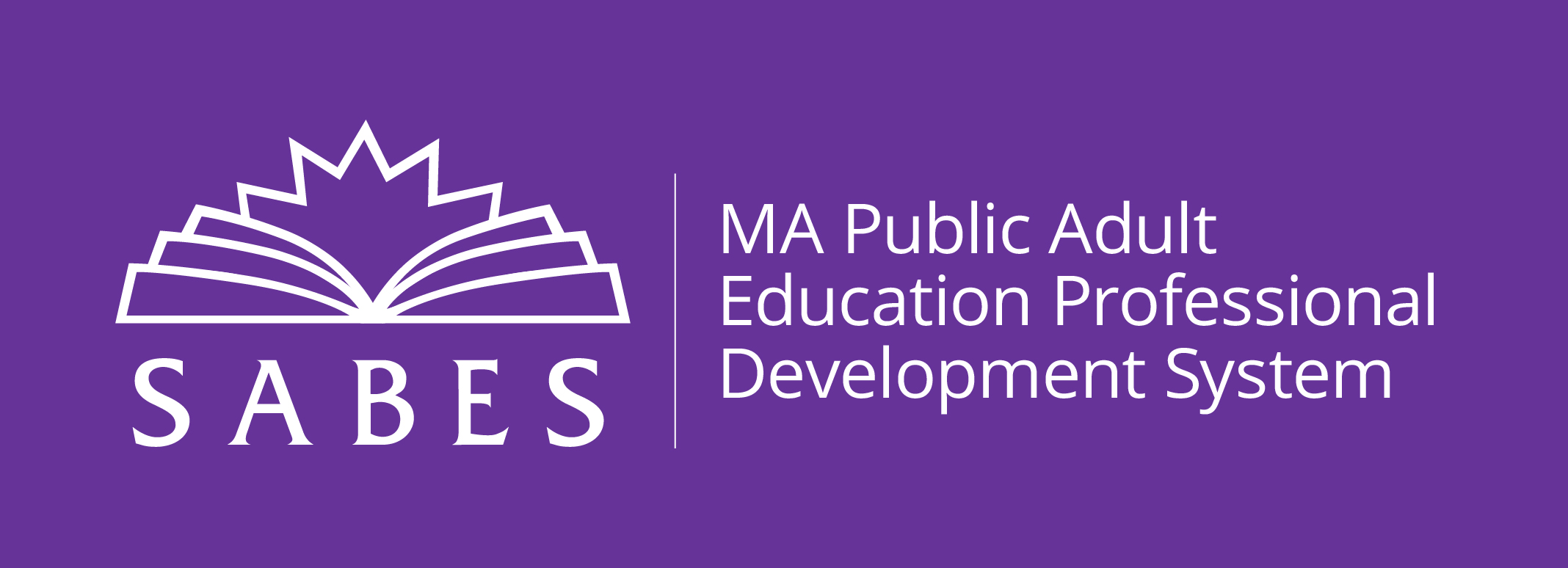According to the report Algebraic Thinking in Adult Education (Ginsburg, 2010), workplace skills demand workers who are “comfortable with ideas and abstractions, can adapt flexibly to changes, and can generalize and synthesize” information. Per the report, to prepare our adult education students for these workplace skills, one focus of algebraic thinking should involve exploring representations and relationships using tables, graphs and equations.
The report further suggests that algebra instruction should emphasize mathematical modeling that involves analyzing and representing real situations, using mathematical structures that can be applied to both workplace and every day life problems. In fact, the College and Career Readiness Standards for Math's Mathematical Practice 4 addresses mathematical modeling, and states that mathematically proficient students should be able to represent situations using tables, graphs and equations and analyze these “models” to make decisions.
- Teachers involved in adult numeracy instruction at all levels of math comfort are encouraged to enroll. You do not need to currently teach a math class to participate in this course.
This professional development activity/course is designed for:
In this course, you will explore linear relationships using real life applications and hands-on explorations. You will create equations and graphs from proportional and nonproportional situations looking at patterns and real-life situations. Digital technology will be addressed by using Excel for graphing situations.
This workshop is a full day face-to-face session with a lunch break. The total PD contact time is 6 hours.
To receive a certificate of completion, participants must attend the full face-to-face-session. For more information, please contact Sherry Soares (sherry_soares@terc.edu).
-
Determine whether a situation is proportional by looking at patterns, in/out tables and graphs
Set up tables, create graphs, and write equations given a real-life linear situation.
Describe the slope (rate) and intercept using real-life connections.
Apply both the slope formula and slope-intercept formula to solve problems using real-life situations.
Upon completion of this professional development activity/course, you will be able to:
It is recommended, but not required, that you take Making Sense of Proportional Reasoning prior to taking this course.
TERC
2067 Massachusetts Avenue, 2nd Floor
Cambridge, MA 02140
United States


